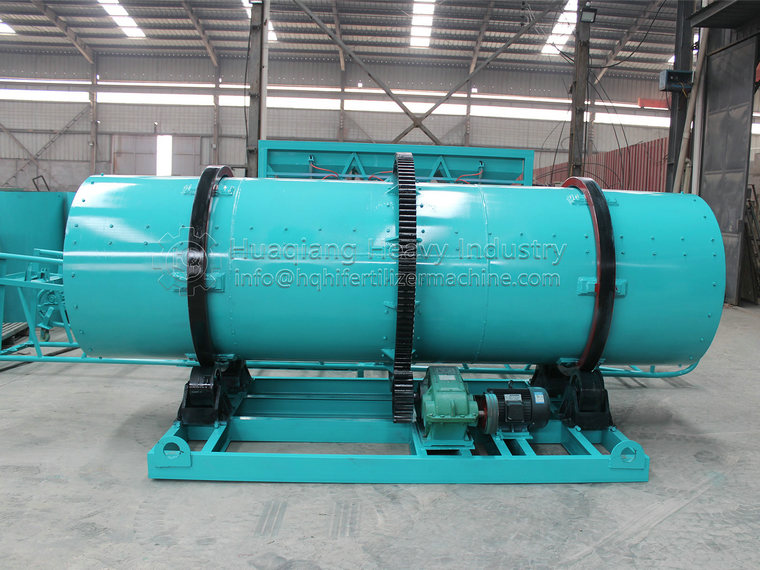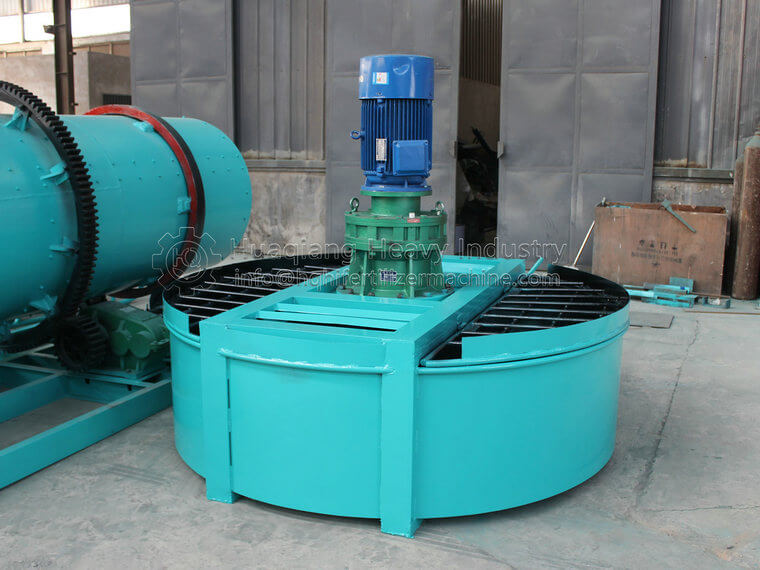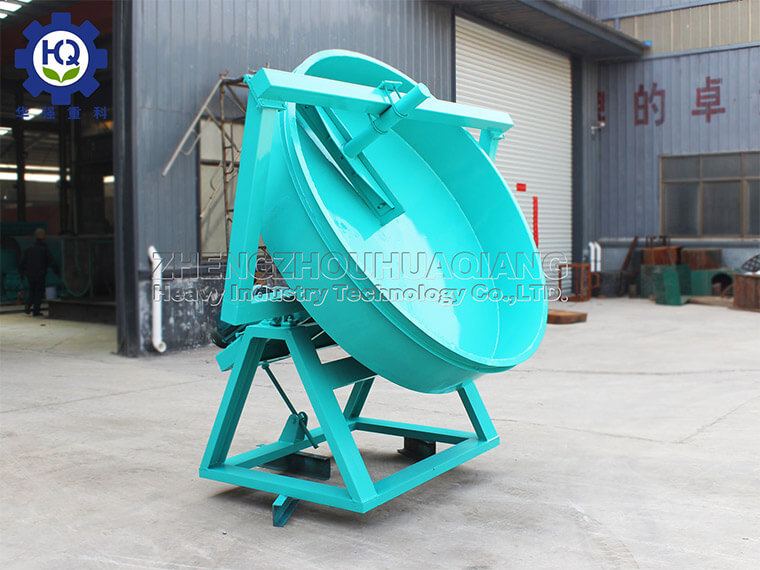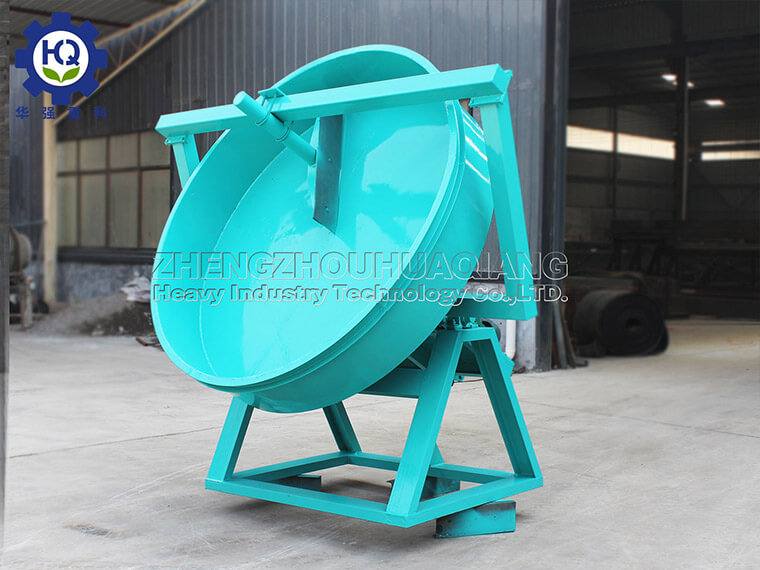Common organic fertilizer granulators include: npk fertilizer granulator, drum granulator, disc granulator machine, new organic fertilizer granulator, new two-in-one organic fertilizer granulator, flat die granulator machine, ring die granulator, each granulator has its own production characteristics, and the fertilizer granulator machine price varies.

1. Disc granulator, also known as disc granulator machine, the granulation principle of the equipment: from the feeding pipe to the powder in the inclined plate, the liquid spray liquid adheres to produce a small particle group. The gravity and centripetal force generated by the tilting disc during the rotation make the small particles roll down and increase the size of the particles. The factors that affect the granulation of the disc granulator are: the diameter of the disc, the slope, the height of the edge, the speed, the position of the material liquid spraying, and the position of the scraper. Because of its high particle size, large output, stable operation, durable equipment, and durability, it is often selected by most customers as supporting equipment for organic fertilizer production.
2. The flat film granulator is used for granulation of various organic substances in fermentation, breaking the traditional organic granulation process, and can process spherical particles without drying, crushing, and direct seasoning before granulation, which can save a lot of energy. Features of this equipment: The manufactured particles are spherical, with high organic matter content, to achieve pure organic matter particles, and use organic matter particles under certain influence, which can be embedded in each other without adding binders.
3. Stirring teeth granulator, widely used in organic fertilizer granulation, has the characteristics of more granulation, stable operation, durable and durable equipment. It is suitable for granulation of light and fine powder materials. The finer the basic particles of fine powder materials, the greater the sphericity of the particles, and the better the quality of the resulting balls. Generally speaking, the particle size of material granulation should be less than 300 mesh. Applied materials: chicken manure, pig manure, sheep manure, clay, kaolin, etc.
.jpg)



.jpg)



